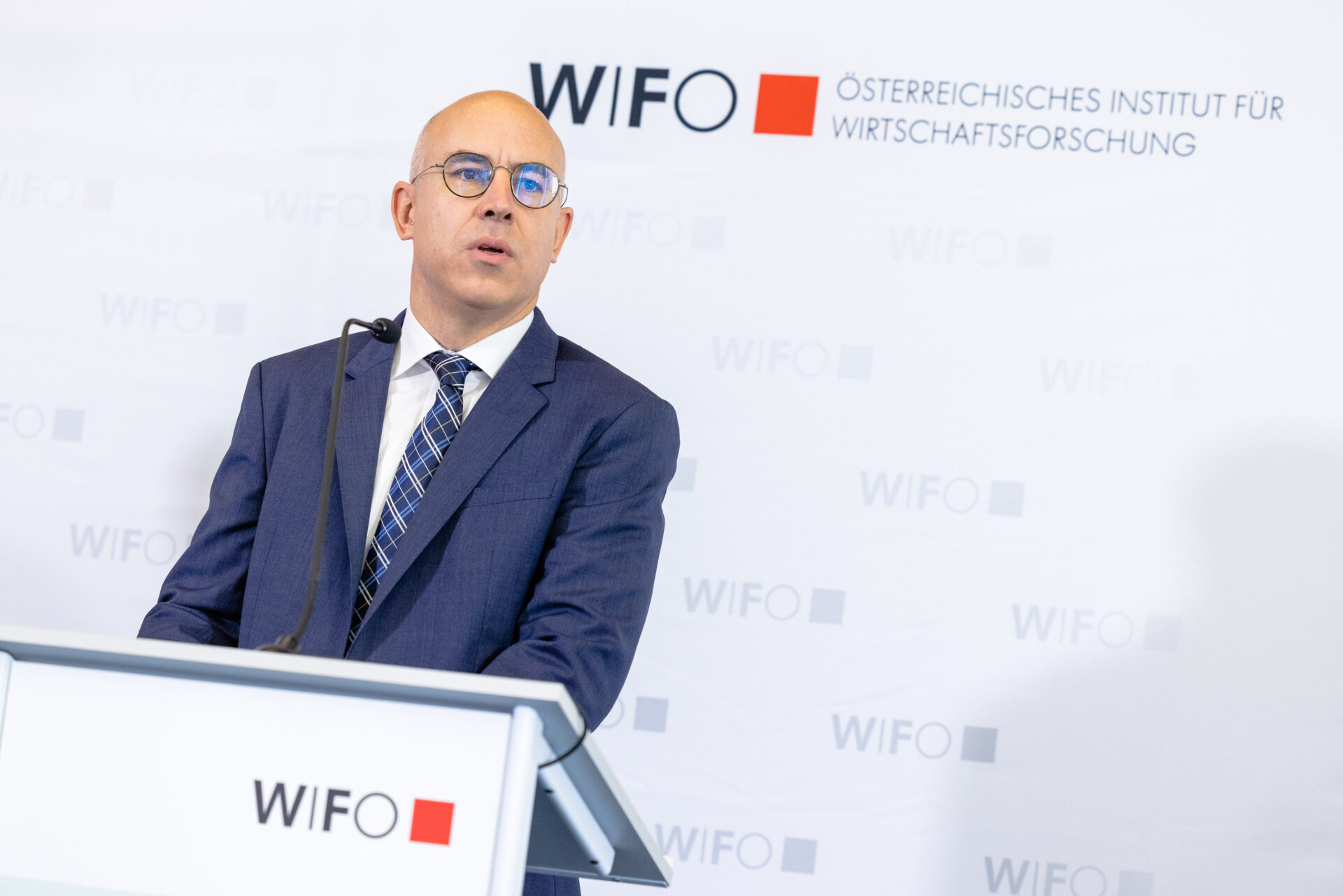
Stagflation in Austria
"Due to its higher natural gas intensity, rationing as a result of possible supply shortages is likely to hit the German economy harder than the Austrian economy", says Christian Glocker, one of the authors of the current WIFO forecast.
In the first half of 2022, the Austrian economy was still in a phase of boom, which had already begun in autumn 2020. However, a downturn is now setting in, which will be strong according to leading indicators. This is likely to bring the economic upswing of the last two years to an abrupt end.
The widespread lifting of the COVID-19 measures by the authorities has temporarily given a strong boost to the services sector and to private consumption in particular. This effect is now expiring. Now the dampening forces from the international environment will have a stronger impact on the overall economy. On the one hand, the weakening of the global economy is clouding the outlook for domestic goods exports and thus for industry and investment. On the other hand, the marked increase in world market prices for raw materials, energy and intermediate goods represents a negative terms-of-trade shock. It keeps domestic price inflation high and causes real income losses that dampen private consumption. However, government spending to support consumption counteracts this.
Under these conditions, Austria's economy will still expand by 4.8 percent in 2022 and thus grow more strongly than in the previous year (2021 +4.6 percent). In addition to moderate industrial activity, services in particular will contribute to overall economic growth in 2022. In the following year, however, the momentum is likely to slow down considerably (2023 +0.2 percent).
In 2022, economic activity still leads to a favourable development on the labour market. In addition to a significant increase in employment (+2.7 percent), unemployment is expected to fall despite an expansion in labour supply (‑19.6 percent compared to the previous year). For 2023, by contrast, only weak employment growth (+0.5 percent) and an increase in the unemployment rate to 6.7 percent are expected (2022: 6.4 percent).
The forecast flattening of economic momentum will only have a delayed impact on prices. The inflation rate according to the Harmonised Index of Consumer Prices (HICP) will rise to 8.4 percent in 2022 (2021: 2.8 percent). In 2023, inflation will weaken slightly to 6.6 percent, but remain elevated compared to the long-term average. Consequently, high inflation and at the same time stagnation of the real economy are expected for 2023. Austria is thus heading for stagflation for the first time since the 1970s.
























